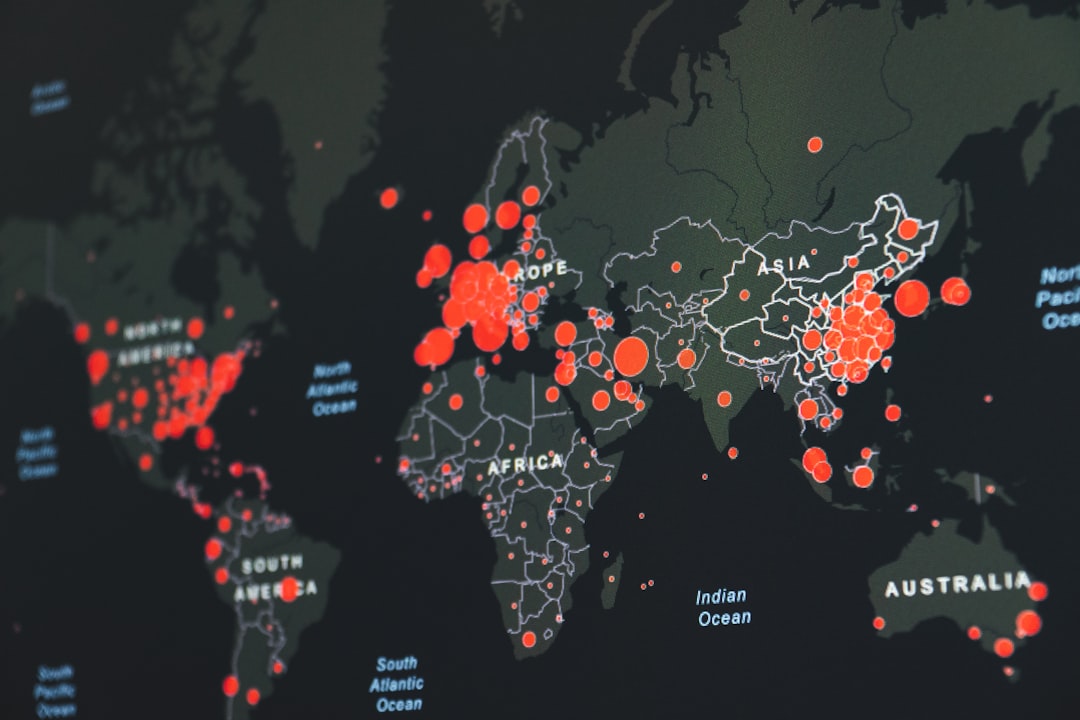What is it about?
This paper examines the impacts of global value chains on female employment across levels of skills and occupations, taking Vietnam as a case study. The paper focuses on GVCs of small and medium enterprises (SMEs), using Vietnam’s Small and Medium Enterprise Survey from 2011-2015. The empirical findings indicate that GVCs are positively associated with the female share of total employment, unskilled employment (employees with no tertiary education), production workforce, and negatively associated with the female share of skilled employment (employees with tertiary education), non-production workforce. By explaining the mechanism of the impacts, we discover that GVC-involved firms employ a smaller share of female employment across skill levels and job positions when they increase their adoption of technology. Our findings indicate that global value chains create more jobs for the virtue of women’s dexterity but fall short of embracing female employees in more technology-intensive GVC-involved firms.
Featured Image

Photo by PTTI EDU on Unsplash
Why is it important?
We add to the current literature three distinguishing points. First, we account for the gender-dimension impacts of global value chains in the case of Vietnam, a trade-oriented developing country in ASEAN. Second, we address the issue of the two-way feedback between global value chains and female employment. Using the instrumental approach, we take into account the endogeneity of the firm’s involvement in GVCs. Furthermore, we provide empirical evidence of global value chains from the aspect of small and medium enterprises.
Read the Original
This page is a summary of: Global Value Chains and Female Employment: The Evidence from Vietnam, World Economy, July 2022, Wiley,
DOI: 10.1111/twec.13320.
You can read the full text:
Contributors
The following have contributed to this page










